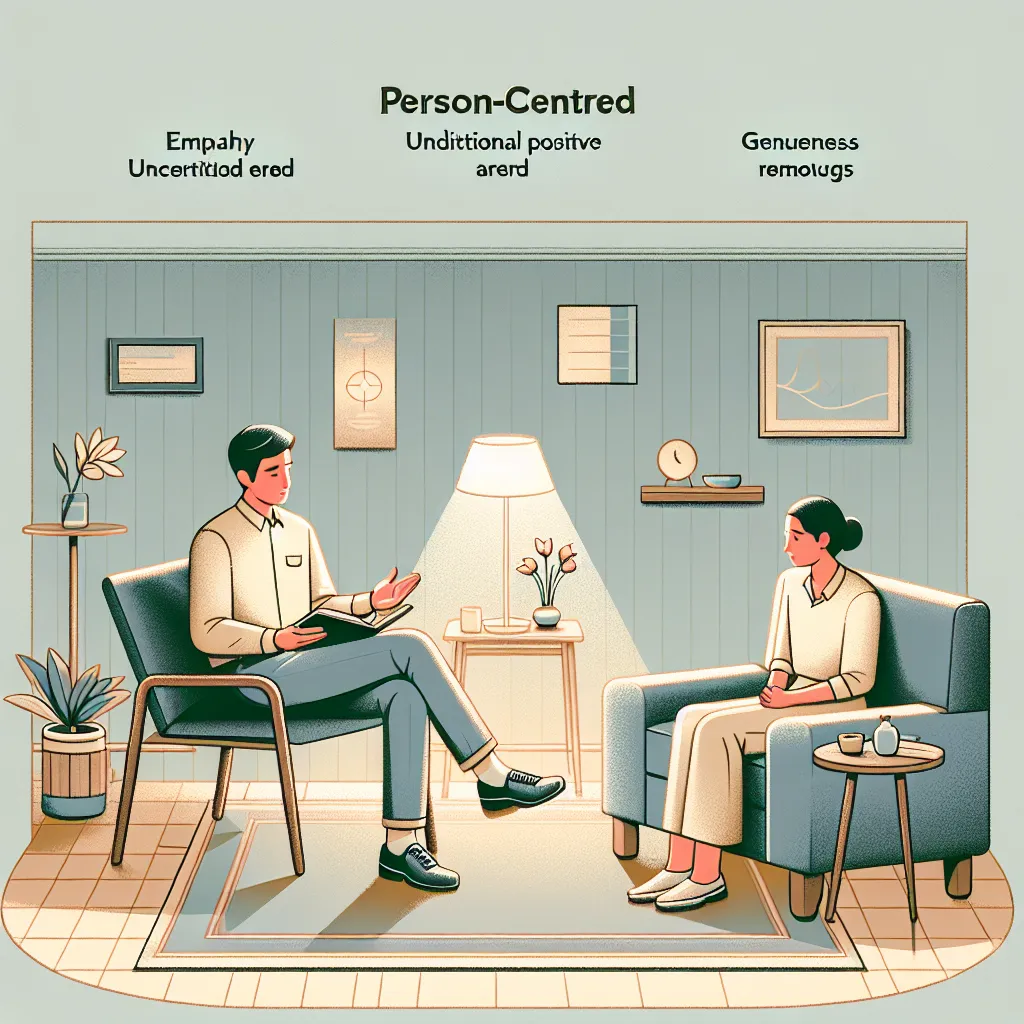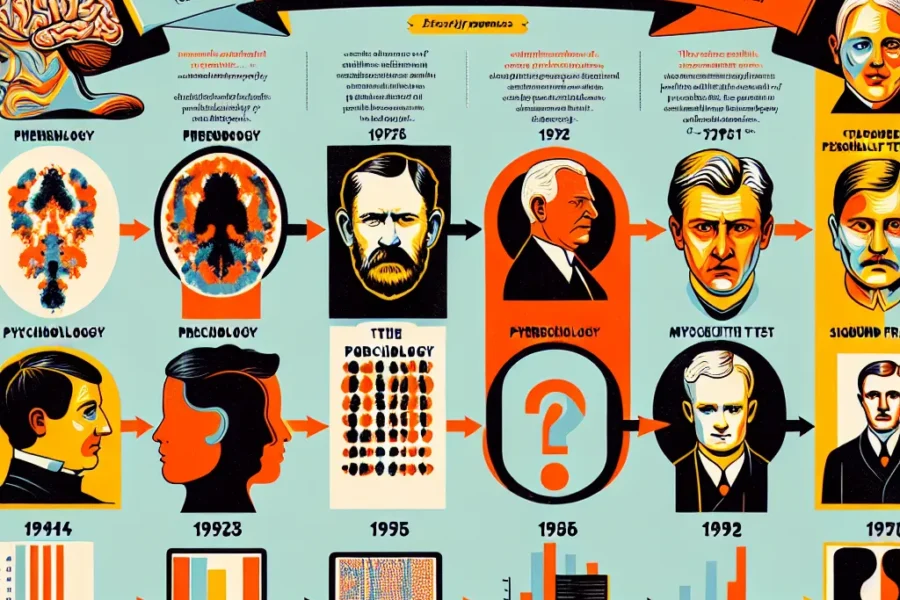Understanding Carl Rogers’ Person-Centered Therapy
Carl Rogers’ Person-Centered Therapy, also known as Client-Centered or Rogerian therapy, marks a significant departure from the traditional psychoanalytic approaches that dominated psychology when it was developed in the 1940s and 50s. This therapeutic model emphasizes a supportive emotional environment provided by a compassionate therapist, rather than the traditional, more detached and interpretative stance. Recognizing the inherent potential in each person, Rogers’ approach has influenced countless therapeutic practices and remains a cornerstone concept in the mental health field.
At the heart of Person-Centered Therapy is the belief in the positive nature of humanity. Rogers posited that every individual has the capacity for self-healing and personal growth, given the right conditions. According to this theory, problematic behaviors and psychological distress are often the result of a disconnection from one’s true self due to societal demands and criticism.
There are three core conditions that Rogers believed were essential for therapeutic change: congruence, unconditional positive regard, and empathetic understanding.
Congruence, often referred to as genuineness or authenticity, is where the therapist is honest and transparent with the client. Unlike traditional approaches that suggested a more objective and perhaps distant stance, Rogers encouraged therapists to be present and real with their clients, even sharing their own thoughts and feelings when appropriate. This authenticity helps to build trust and a non-threatening environment where the client feels safe to express themselves.
Unconditional positive regard is the practice of accepting and respecting the client without judgment. The therapist is to create a forgiving space that conveys a sense of appreciation for the client irrespective of their actions, thoughts, or feelings. This unwavering support helps to foster a sense of self-worth and the confidence needed for clients to explore and understand themselves deeply.
Empathetic understanding, or empathy, involves the therapist deeply understanding the client’s experience from their perspective. It is not simply about acknowledging the feelings and thoughts but actually ‘walking in their shoes.’ When a therapist demonstrates active listening and shows that they can perceive the world as their client does, it validates the client’s experience and facilitates a more profound exploration into their issues.
Rogers believed that when these conditions are present in therapy, clients could reconnect with their inner values and self-concept. Without external pressures to behave in particular ways, clients are free to explore their thoughts and feelings and thereby understand which aspects of their life are genuinely reflective of their own beliefs and which are imposed by societal constraints.
Another key element of Person-Centered Therapy is the concept of self-actualization. This is the process by which individuals strive for self-fulfillment and the realization of their potential. In this approach, the therapist does not direct the client, but rather enables them to uncover their own ability to heal and progress towards their own goals. The therapist’s role is supportive, encouraging self-exploration and personal understanding rather than prescribing solutions or behaviors.
Also relevant to the Person-Centered Approach is the idea that behaviors are a reflection of an individual’s self-image, which is shaped by experiences, particularly those in childhood, and that psychological challenges surface when there is incongruity between the self-image and real-life experiences. The process of therapy, in this case, revolves around closing the gap between the self-concept and actual experience, thus helping individuals to live more authentic lives.
While Person-Centered Therapy is considered a non-directive approach, that does not mean the therapist has a passive role. Being non-directive means the therapist does not lead the client but follows the client’s lead, allowing them to dictate the pace and direction of the therapy. Therapists adopt an attitude of curiosity, offering reflections and insights to help illuminate the client’s own understanding but ultimately reinforcing the client’s innate capacity to heal themselves.
The applications of Rogers’ Person-Centered Therapy are far-reaching. It has effectively been used in dealing with a wide array of issues including depression, anxiety, personality disorders, and relationship challenges. Further, it has influenced educational practices, conflict resolution, and business management by promoting active listening, empathy, and positive regard in interpersonal interactions.
Its effectiveness, however, is sometimes debated among mental health professionals. Critics argue that the approach may not be structured enough for certain individuals who might need more guidance or that it could be less effective for clients with certain types of acute psychological disorders.
Despite criticisms, the principles of Person-Centered Therapy have shown profound effectiveness in various clinical situations. Reviews of psychological therapies frequently cite Rogerian concepts as underpinning some of the most successful therapeutic relationships, regardless of the specific therapeutic approach being used. This speaks to the broad influence and adaptability of Roger’s work within the field of psychology.
The influence of Person-Centered Therapy is also evident in contemporary movements such as positive psychology, which emphasizes human strengths and virtues, and in the development of therapeutic practices like mindfulness and acceptance-based strategies. It remains clear that the empathetic, client-driven approach founded by Carl Rogers continues to have an enduring impact on therapy and human relations.
As mental health professionals continue to explore and refine therapeutic techniques, the Person-Centered Therapy approach serves as a potent reminder of the healing power of empathy, authenticity, and unconditional positive regard. These core values offer a template not just for effective therapy but also for fostering deeper, more authentic connections in all areas of life. Understanding and embracing these concepts can help lead to personal development and greater emotional well-being, a testament to the enduring legacy of Carl Rogers and his groundbreaking work.



Leave a Comment